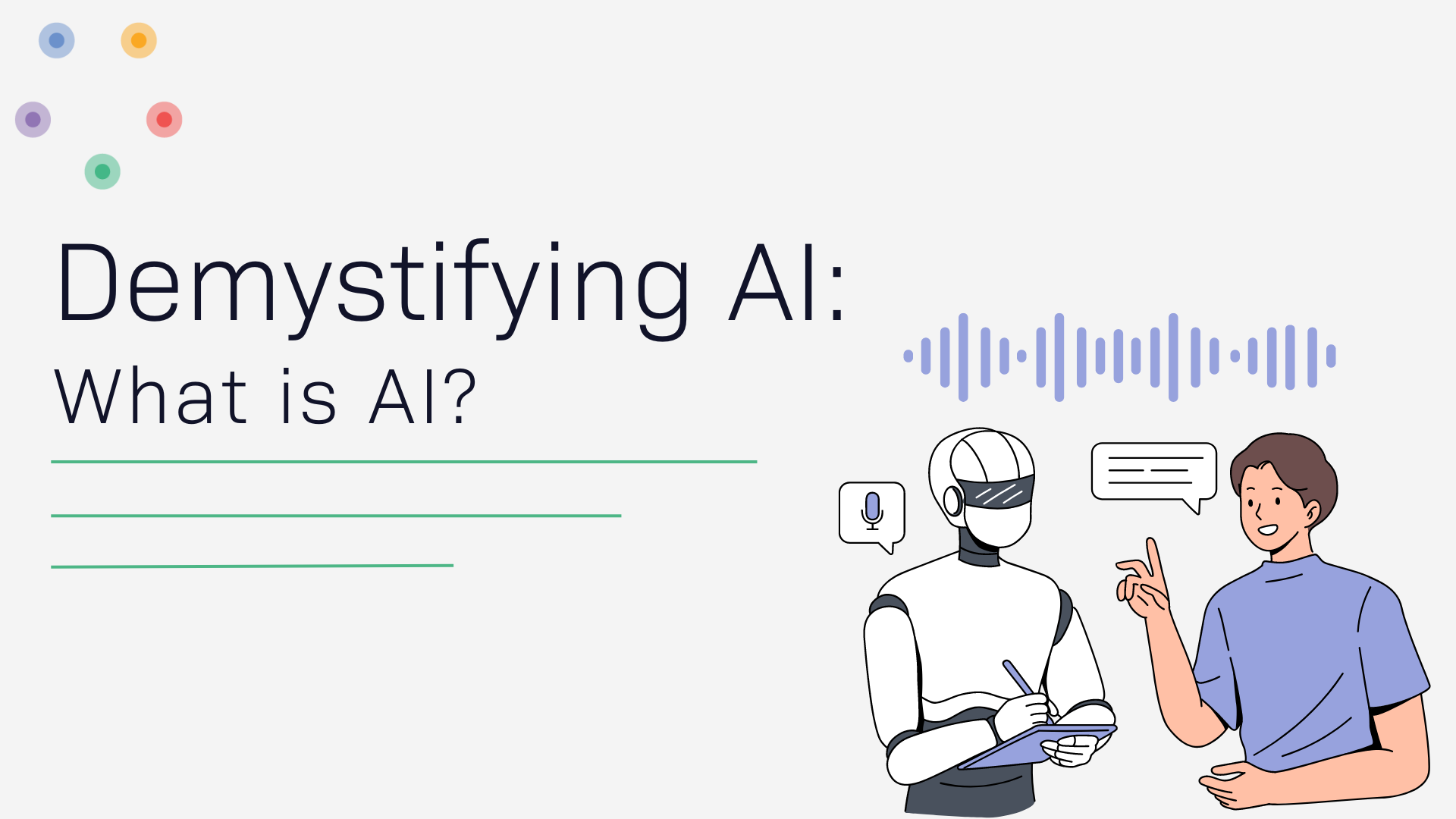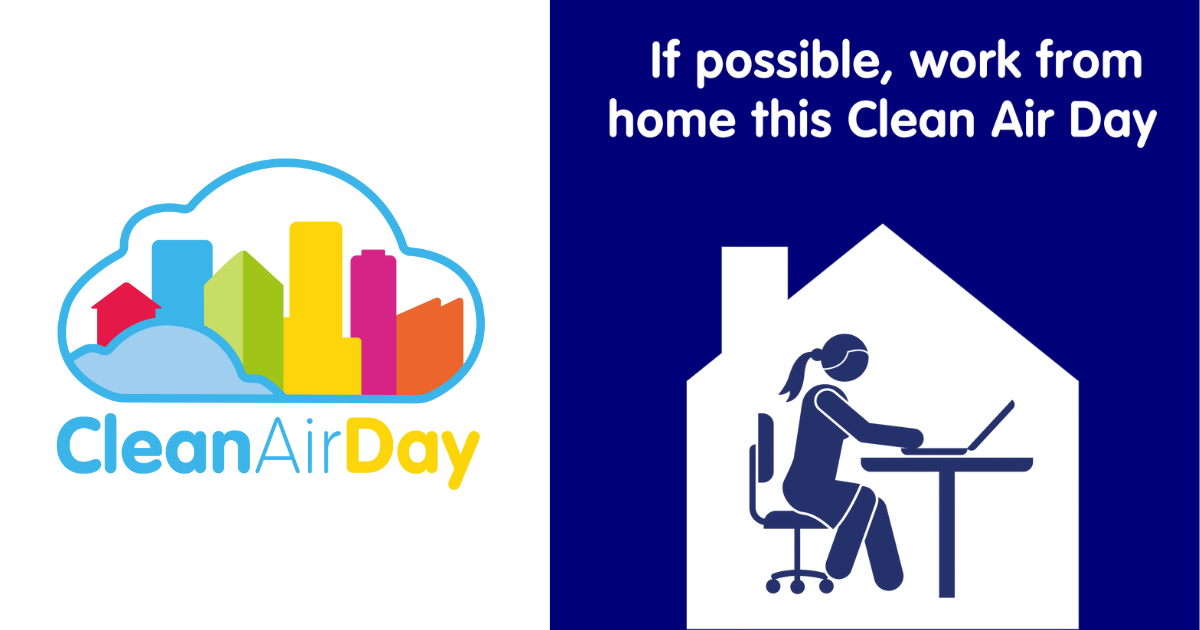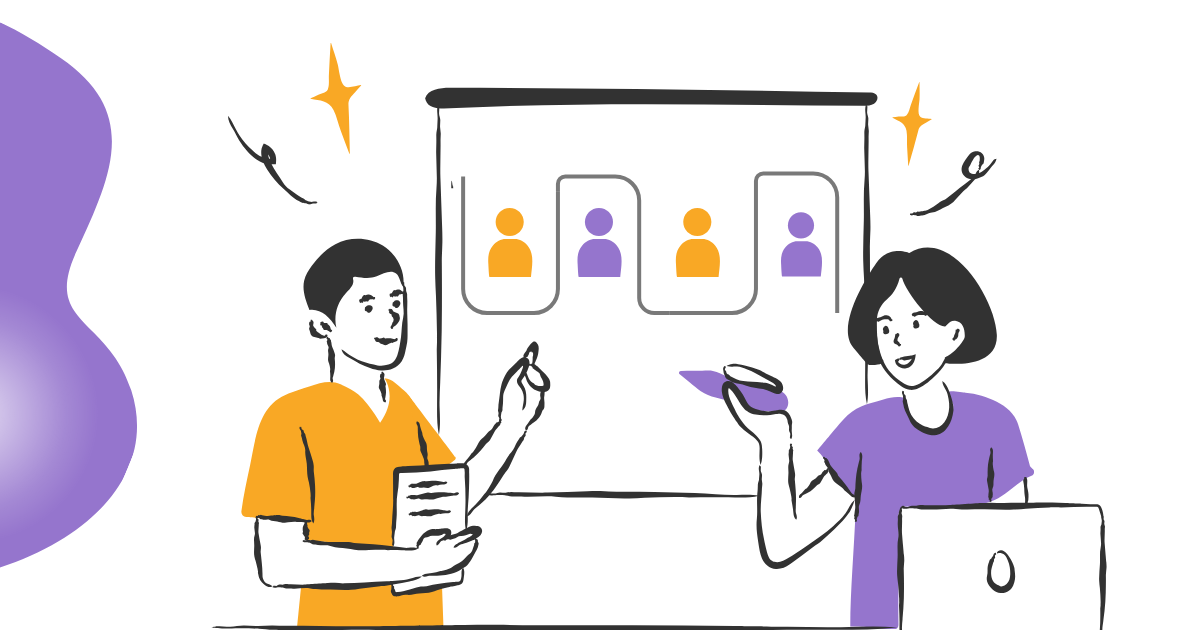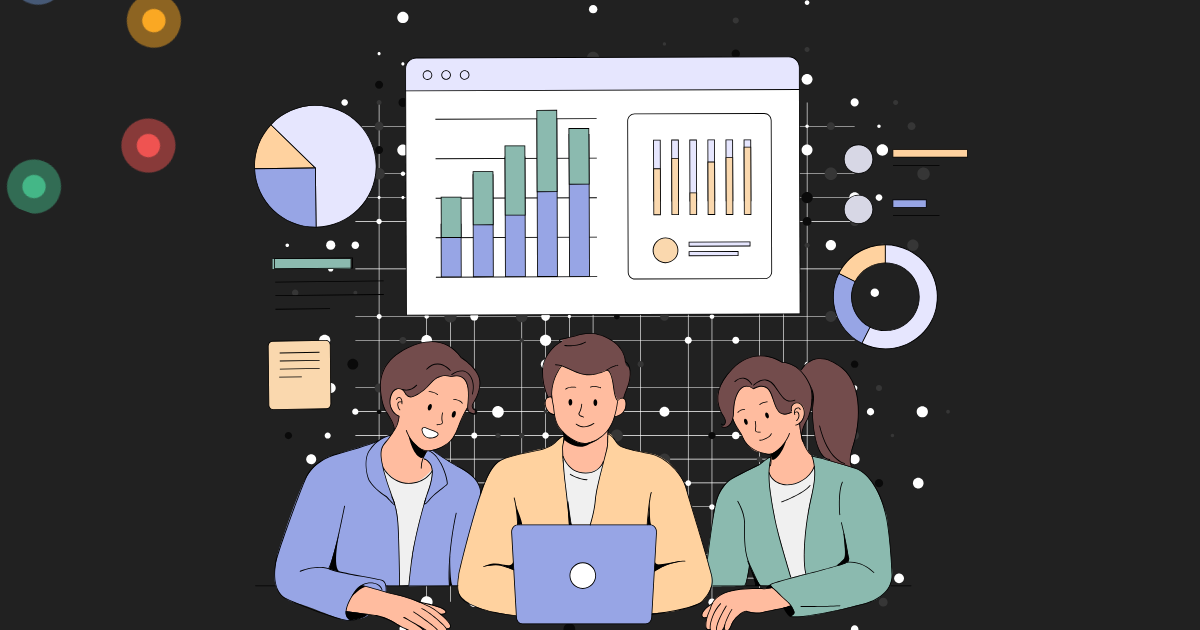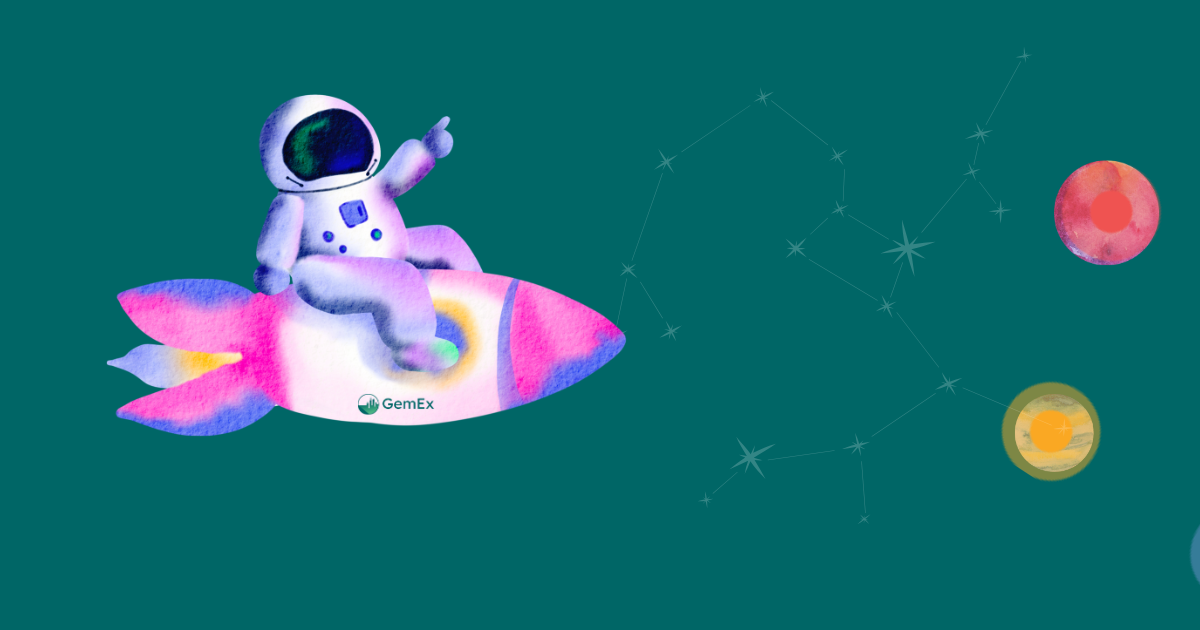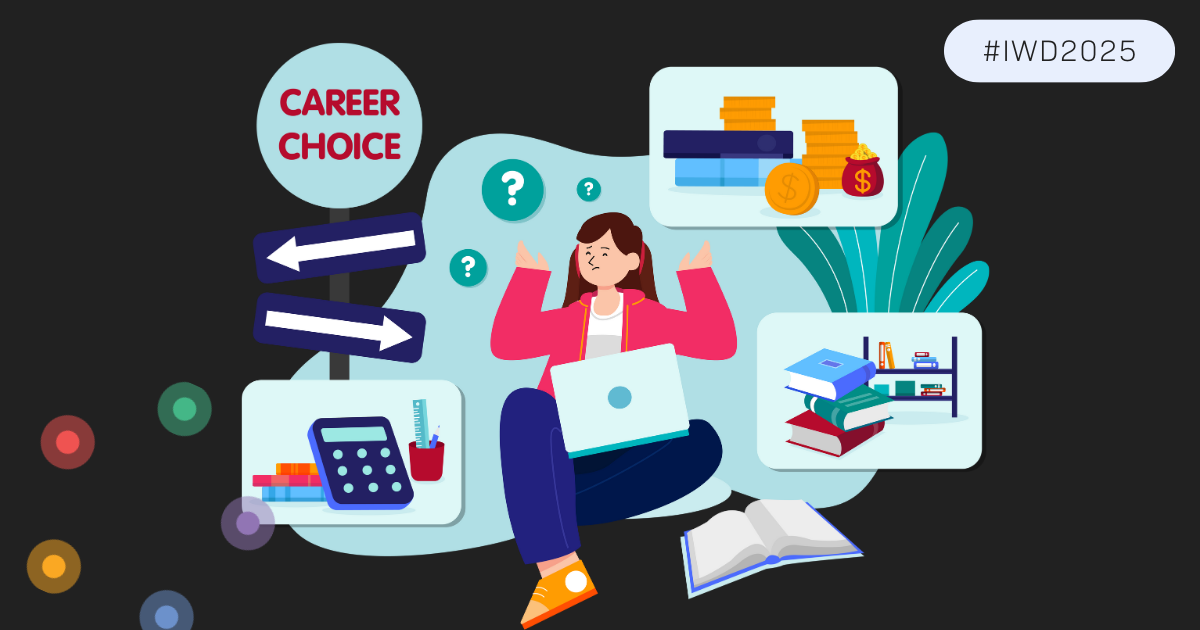Artificial Intelligence, or AI, is a term that’s thrown around a lot these days. Whether it’s in movies, tech news, or even casual conversations, it seems to be everywhere. But what exactly is AI, and why should you care about it?
What is AI, Really?
First things first—what is AI? There are various definitions of AI floating around the web:
- Gartner defines it as “applied advanced analysis and logic-based techniques, including machine learning, to interpret events, support and automate decisions, and take actions”.
- The Association for Computing Machinery (ACM) defines it as “the field of study that focuses on creating machines that can perform tasks requiring intelligence”.
- The National Institute of Standards and Technology (NIST) defines AI as “the ability of a machine to perform tasks that would normally require human intelligence, such as visual perception, speech recognition, decision-making, and language translation”.
AI is essentially the ability of a computer or machine to mimic human intelligence. This means it can learn from experience, adapt to new information, understand language, and even solve problems. Think of it as a super-smart assistant that’s always learning and getting better at helping you.
You’ve probably interacted with AI without even realising it. Ever used a virtual assistant like Siri or Google Assistant? That’s AI. Gotten movie recommendations on Netflix or music suggestions on Spotify? Yep, that counts too. It’s all about machines doing tasks that would usually need a human brain to figure out.
In Everyday Life
AI isn’t just for tech giants or futuristic robots. It’s already woven into our daily lives in ways we might not even notice. Here are a few examples:
- Personalised Shopping: When you shop online and see recommendations for things you might like, that’s AI at work. It analyses what you’ve bought before and what you’re browsing now to suggest items that might catch your eye.
- Smart Homes: Got a smart thermostat that learns your schedule for when you need the heat on and when to save energy. Smart lighting systems can adjust brightness and colour based on the time of day, saving you more on your energy bills.
- Commuting to Work: AI helps you get the fastest route to work. AI-powered apps now do more than just show you maps. They predict traffic conditions in real-time, suggest the best alternate routes, and even alert you to potential weather-related issues that could affect your journey. Your navigation app is not only guiding you through traffic but also adjusting its recommendations. All based on current conditions and your preferences meaning no more stressing about your commute.
Subsets and branches
AI can be broken down even further. There are different types, subsets, and branches that each play a unique role in how AI works and what it can do. Think of these as the different “flavours”, each with its own strengths and capabilities.
- Reactive Machines: They don’t learn from the past or adapt to new situations—they simply react to specific inputs in a fixed way. For example, a chess-playing computer that follows a set of rules to make its moves is a reactive machine. It knows how to respond to the current situation but doesn’t have the ability to improve or change based on what it’s learned.
- Natural Language Processing (NLP): Ever talked to Siri or Alexa? That’s NLP in action. It’s a subset of AI focused on helping machines understand and interpret human language. NLP is what powers chatbots, speech recognition systems, and voice assistants, allowing them to understand your requests and respond in a way that makes sense.
- Machine learning & Limited Memory: A type of AI that learns from data and makes predictions or decisions based on what it’s learned. This falls under the category of limited memory AI because it can use past experiences to inform future actions, but it doesn’t have the ability to form long-term memories. For example, self-driving cars use machine learning to make decisions on the road based on past experiences, but they don’t “remember” those experiences forever.
- Deep Learning: A subset of machine learning that involves training neural networks with multiple layers. Deep learning has led to breakthroughs in areas like image and speech recognition.
- Robotics: When we think of AI, robots often come to mind. Robotics is a branch of AI focused on designing and building robots that can interact with their environment and perform tasks. Whether it’s a robot vacuuming your floor or a more advanced machine helping with surgery, robotics is all about bringing AI into the physical world.
- Computer Vision: A subset of AI that involves teaching machines to interpret visual data from the world around them. Computer vision is used in applications like autonomous vehicles and facial recognition.
- Self-Aware: The most advanced type of AI, with the ability to understand its own existence and purpose. This type of AI does not yet exist, but something researchers and scientists are aiming for.
As you can see, AI isn’t just one thing. It’s a collection of different technologies and approaches that often overlap and interact. Many AI systems use a combination of these subsets to achieve their goals. So, when we talk about AI, we’re really talking about a spectrum of technologies. They range from simple reactive machines to complex systems that can learn, adapt, and even mimic human behaviours.
The Future
AI is here, and it’s changing the way we work in ways big and small. But this is just the beginning. As it continues to evolve, it’s going to open up even more possibilities for how we work, collaborate, and connect. Whether it’s making our daily tasks easier, helping us work smarter, or just making sure we never miss a beat, it is becoming a helpful part of the modern workplace.
So, while AI might seem a little futuristic or even intimidating, it’s really just another tool in our arsenal. A tool that’s designed to make our work lives easier and more enjoyable. Discover Spica’s own tools for the workplace in GemEx.


